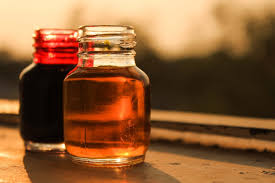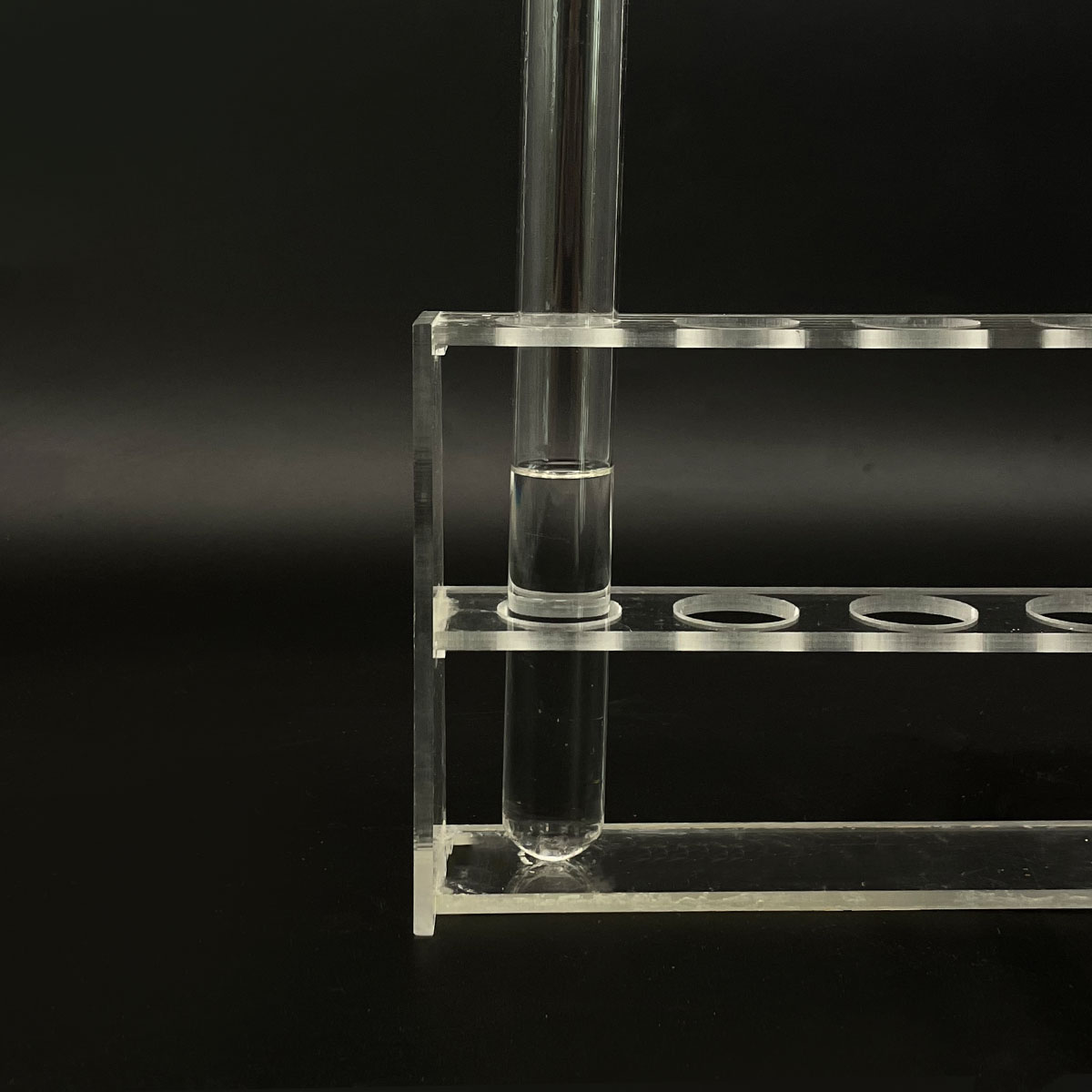Overview of Polyoxyethylene-polyoxypropylene Block Polymer F68
Polymer surfactants, also known as polymeric surfactants or amphiphilic polymers, are high-molecular-weight compounds that combine the properties of traditional low-molecular-weight surfactants with the unique features of polymers. Unlike small molecule surfactants, polymer surfactants offer enhanced stability, improved solubility, and the ability to form more complex structures such as micelles, hydrogels, and vesicles. These macromolecules find applications across a wide range of industries due to their tailored structures and tunable properties, which allow for precise control over interfacial behavior and solution rheology.
Features of Polyoxyethylene-polyoxypropylene Block Polymer F68
-
Molecular Weight and Structure: With a much higher molecular weight, polymer surfactants offer enhanced stability in harsh conditions and over prolonged periods compared to small molecule surfactants.
-
Tunability: The structure of polymer surfactants can be precisely engineered to include different functional groups, monomer sequences, and architectures, allowing for specific interactions and properties.
-
Multifunctionality: Apart from surface activity, they can also provide additional functionalities like thickening, rheology modification, and controlled release capabilities.
-
Self-Assembly: Capable of forming sophisticated self-assembled structures like micelles, hydrogels, and vesicles, which can encapsulate or release active ingredients in a controlled manner.
-
Environmental Compatibility: Many polymer surfactants are designed to be biodegradable and less toxic, making them suitable for eco-friendly applications.
-
Temperature and pH Responsiveness: Some polymer surfactants exhibit responsive behavior to changes in temperature or pH, enabling stimuli-responsive systems.

(Polyoxyethylene-polyoxypropylene Block Polymer F68)
Parameters of Polyoxyethylene-polyoxypropylene Block Polymer F68
The polyoxyethylene (PE) and polyoxypropylene (PP) block polymers commonly used in the production of flexible packaging films, such as bubble wrap and plastic bags, have various properties that can affect their performance.
The most common parameter used to evaluate the properties of these polymers is the F68 index. This parameter is a measure of the film’s tensile strength, which refers to how much force is required to break the polymer film.
A higher F68 index indicates a stronger film, while a lower index suggests that the film is weaker. In general, it is desirable for a film with a high F68 index to be used for applications where the film needs to withstand high levels of stress, such as food packaging or shipping containers.
The exact value of the F68 index will depend on factors such as the molecular weight of the polymer, the type of film formulator used, and the desired properties of the final product. To determine the appropriate F68 index for your specific application, you may need to consult the literature or consult with a expert in the field.

(Polyoxyethylene-polyoxypropylene Block Polymer F68)
Applications of Polyoxyethylene-polyoxypropylene Block Polymer F68
-
Personal Care and Cosmetics: As emulsifiers, thickeners, and stabilizers in creams, lotions, and shampoos, offering improved aesthetics and performance.
-
Drug Delivery: Formulation of nanoparticles, microcapsules, and hydrogels for targeted and controlled drug release, enhancing therapeutic efficacy and patient compliance.
-
Oilfield Chemicals: Enhanced oil recovery, drilling fluids, and demulsifiers due to their superior stability and ability to function in harsh conditions.
-
Food Industry: As emulsifiers and stabilizers in food products, improving texture, shelf-life, and the delivery of flavors and nutrients.
-
Water Treatment: In wastewater treatment processes for flocculation, clarification, and the removal of pollutants.
-
Paints and Coatings: As dispersants and rheology modifiers, improving pigment dispersion, stability, and application properties of paints and coatings.
Company Profile
SurfactantChina is a trusted global chemical material supplier & manufacturer with over 12-year-experience in providing super high-quality surfactant and relative products.
The company has a professional technical department and Quality Supervision Department, a well-equipped laboratory, and equipped with advanced testing equipment and after-sales customer service center.
If you are looking for high-quality surfactant and relative products, please feel free to contact us or click on the needed products to send an inquiry.
Payment Methods
L/C, T/T, Western Union, Paypal, Credit Card etc.
Shipment
It could be shipped by sea, by air, or by reveal ASAP as soon as repayment receipt.
FAQs of Polyoxyethylene-polyoxypropylene Block Polymer F68
Q: Is Polyoxyethylene-polyoxypropylene Block Polymer F68 more expensive than conventional surfactants?
A: Generally, yes, due to its complex synthesis and higher functionality. However, their enhanced performance and often justify the added cost.
Q: Is Polyoxyethylene-polyoxypropylene Block Polymer F68 biocompatible?
A: Many polymer surfactants are designed to be biocompatible and suitable for biomedical applications, but compatibility tests are essential for specific uses.
Q: How does Polyoxyethylene-polyoxypropylene Block Polymer F68 differ in their environmental impact compared to small molecule surfactants?
A: Polymer surfactants, especially those designed to be biodegradable, can have a lower environmental impact due to slower release and reduced accumulation in ecosystems.
Q: Can Polyoxyethylene-polyoxypropylene Block Polymer F68 be used in all types of formulations?
A: Their use depends on the specific formulation requirements. Compatibility, solubility, and interaction with other components need to be considered for successful integration.
Q: Is Polyoxyethylene-polyoxypropylene Block Polymer F68 effective in extreme conditions?
A: Yes, their high molecular weight often provides stability in harsh environments like high temperatures, high salinity, or extreme pH, where conventional surfactants may degrade.

(Polyoxyethylene-polyoxypropylene Block Polymer F68)





